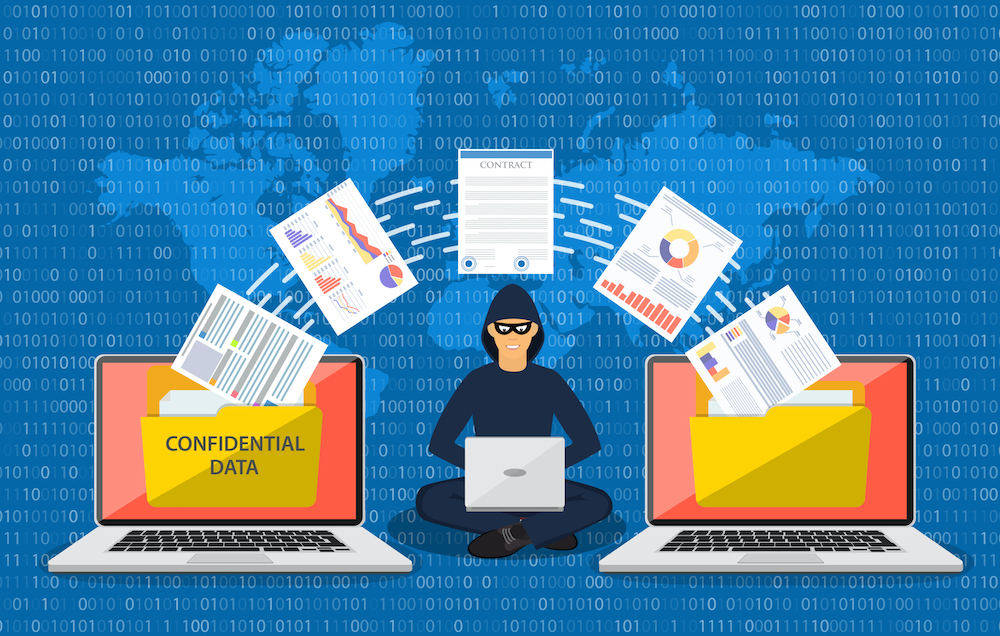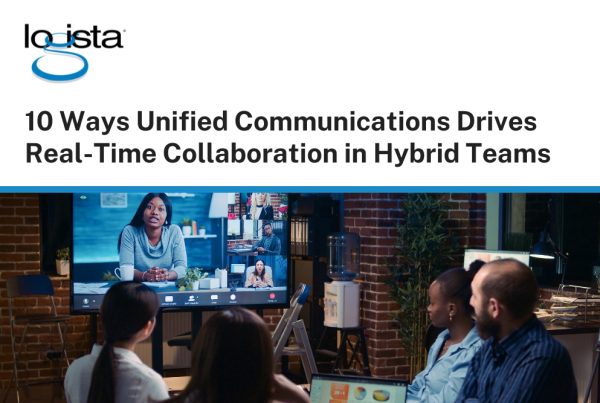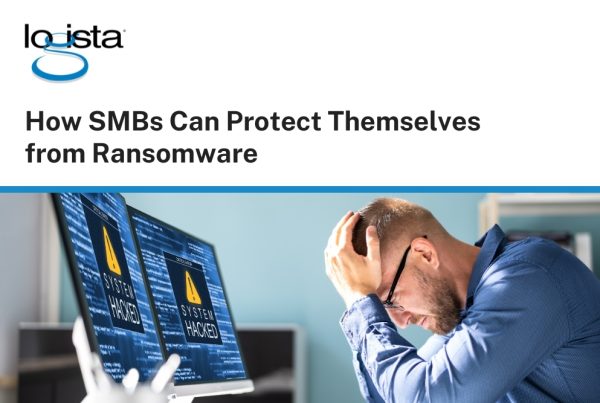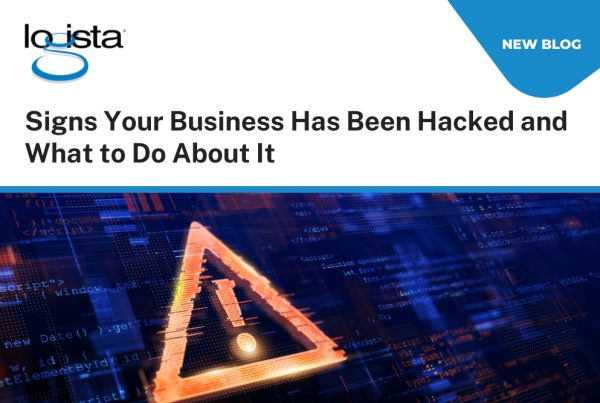Phishing continues to be one of the most pervasive cybercrimes. About 300,000 Americans were victims of phishing, smishing, and vishing attacks in 2021. Phishing is a key technique for hackers because they find it easy to disguise their emails as legitimate, and it’s effective – about 14% of employees are likely to click on a phishing email.

However, organizations can train their employees on how to detect phishing emails. Such a strategy can boost the online security of a business significantly.
Below are five ways you can spot a phishing email. Phishing emails often contain…
1. A Request to Update Your Account Information
Online accounts that deal with money are the main target of this attack. For example, hackers may pretend to be contacting you from a well-known company such as PayPal. They’ll tell you that your account is incomplete or some information needs updating.
Sometimes they create a sense of urgency and even issue threats. They might say they’ll close your account if you don’t send the information. Any email that comes with such threats is often from hackers.
2. An Arbitrary Winner to a Contest
Hackers may send you a message that you’ve won a contest in which you didn’t participate. Then they provide a link to click to access the reward. Or they might ask for personal information to send you the reward. Clicking the link or providing your details allows them to exploit you.

3. Inconsistent URL and Domain Name
This issue arises when hackers use a legitimate company name to create a link to an unrelated website. When you hover the mouse over the written domain name, the pop-up URL appears differently. Similarly, hackers might use public domains such as @gmail.com instead of a company domain. For instance, an email from Google should have a domain @google.com and not @gmail.com.
4. Poor Grammar
Phishing emails tend to have many grammatical errors. Legitimate companies make sure their emails are well written since they reflect on their image. They also have access to grammar check tools ensuring their emails are grammatically accurate. Hackers don’t have the same types of resources and it shows in their work.
5. Suspicious Attachments
Sometimes you can receive an email from a person you don’t know. Or the email could have an attachment that you didn’t expect. If you don’t know the source of the email, don’t open it. It could be malware disguised as a harmless file. Look at the file extension. Some suspicious file extensions include .zip, .scr, and .exe. Scan the file before opening it.
Since phishing is among the top cybercrimes, employees should know how to identify a phishing email. As standard cybersecurity procedure, workers must report suspicious emails to their IT personnel for further action.
About Logista Solutions
Logista Solutions is a nationally recognized leader in a broad range of technology management solutions. As one of the largest technology support providers in the U.S., Logista provides innovative and holistic solutions to help companies take control of their IT infrastructure and achieve better business outcomes. Popular services include Managed IT as a Service, VoIP and Unified Communications, Managed Print, Cloud Services and Asset Disposition.




